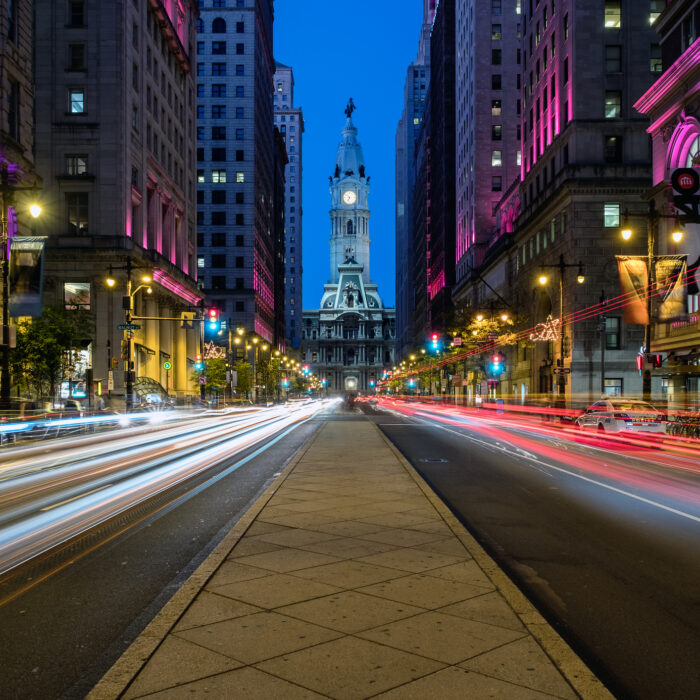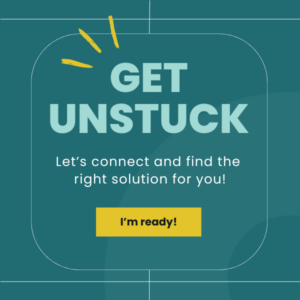I just got back from the Agentforce World Tour in Boston and my brain is full of ideas. I wasn’t totally sure what to expect, but I ended up walking away with a lot of thoughts on how this new wave of Salesforce tools is going to affect the way we design—and honestly, it’s already starting.
Here’s what stood out to me, what’s changing in marketing design, and what I think we need to start doing differently.
What Salesforce tech I learned about—and why designers should care

The big thing right now is Agents. These are digital agents built into Salesforce that help you build campaigns, write copy, pass tasks between teams, and do all the repetitive stuff we usually get stuck with.
Here’s what stuck with me:
- A Marketing Agent that helps write emails, build landing page briefs, and generate campaign ideas
- Agents that pass work from marketing to sales to success without everything falling apart
- A combo of Einstein and Data Cloud that makes personalization actually doable—not just a buzzword
The whole point is: this tech works in the background, which means the assets we make (emails, landing pages, chat flows) need to be flexible and fast to keep up. If the backend is getting smarter, the frontend has to match.
Why designers should be paying attention:
- With marketers using agents to streamline content and campaign creation, we need to make sure that the designs on the frontend are just as easy to be flexible and scale. How can you templatize designs so they can be used for multiple variations and make assets a rinse and repeat process, so that marketing can continue to flow seamlessly to engage customers where they are?
- As AI functionality + Data Cloud is making it easier to tailor campaigns on a 1:1 level, designers need to prep for modular, dynamic design solutions that can easily adapt to be used in tandem with these personalized experiences.
How design can make bots, emails, and landing pages better
A lot of chatbot flows feel like someone gave up halfway through. This tech is finally making them better, and as designers, we should be helping that along.
Things that stood out:
- Keep bot messages short. Break things up.
- Add little visual moments such as spacing, structure, and simple hierarchy
Same goes for emails and landing pages. If AI is helping create content, our layouts should be:
- Modular and adaptable. Not every headline is going to be the same length
- Built with personalization blocks in mind
- Designed to include stuff like product recs, timers, or variations depending on the audience
It’s less about making something perfect once, and more about making something that works in a bunch of different ways.
Marketing tracking and data = smarter creative decisions
I used to skip over the data talk. But now that I see how it connects to the creative side, I’m paying more attention.
Salesforce showed how live audience data helps trigger different campaign paths. And if we know who we’re designing for, we can make better choices.
Things I’m going to start doing:
- Ask who we’re designing for before opening Figma
- Build layouts that make A/B testing easy
- Stop hanging onto designs that don’t perform, even if they look good
Key takeaways for fellow designers working in Salesforce-powered marketing
- Design for flexibility. AI needs space to breathe, your layouts should anticipate variability.
- Think like a builder. Modular, testable, scalable.
- Keep it human. No matter how smart Agentforce gets, people still connect with thoughtful visuals, clear flows, and real emotion.
- Ask for data early. It’s not just for reporting, it can inform design choices from the start.
If you’re a designer in the Salesforce space, this is your sign to get used to automation tools, AI agents, and your marketing team’s strategy. It’s not about being replaced, it’s about being empowered.











